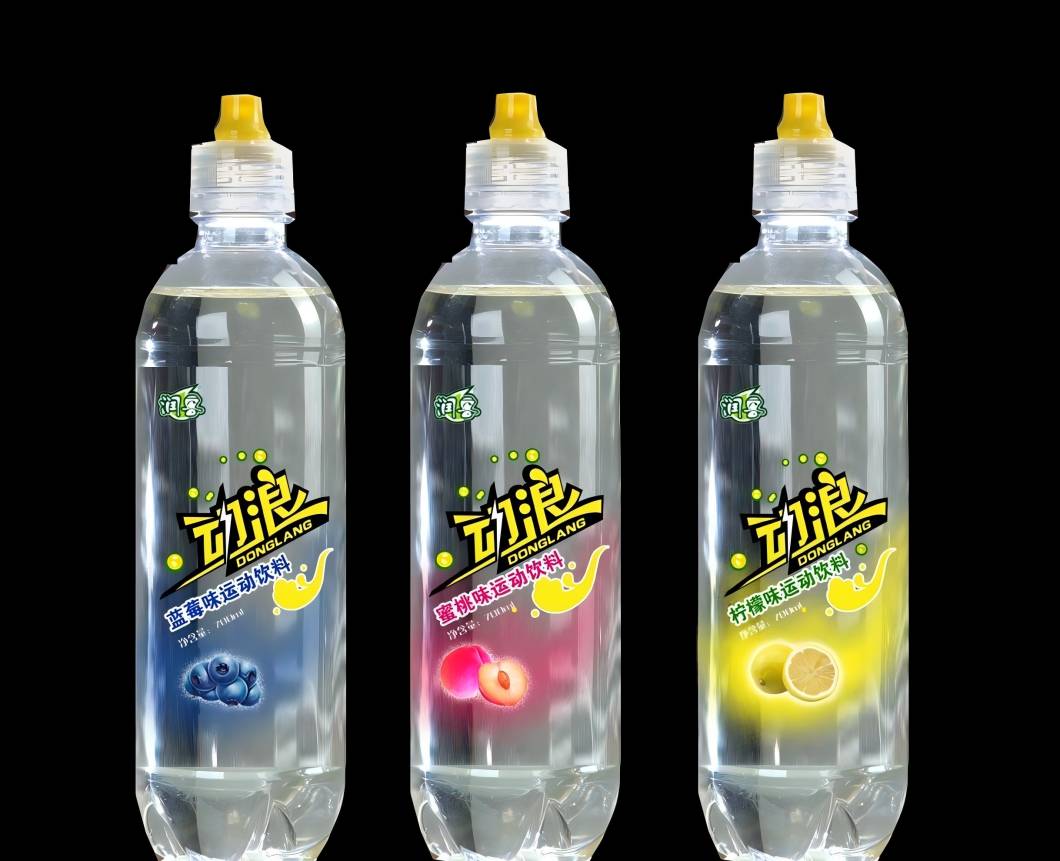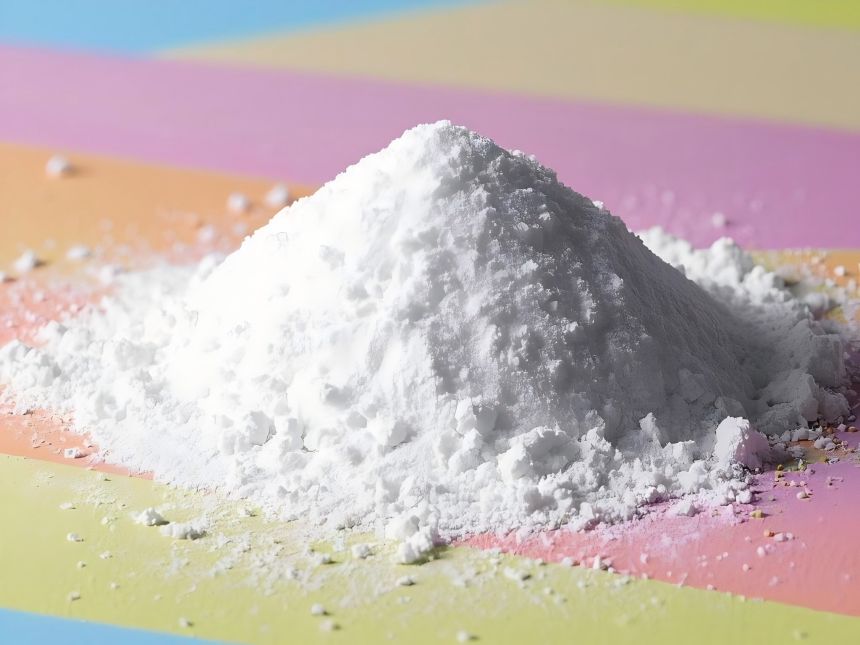What Are the Uses of Octacosanol?
Octacosanol is a naturally occurring long-chain aliphatic n-alkanol. These higher alcohols are rarely found in their free form; most of them are found in the form of fatty acid esters. They are found in nature very widely, in almost all living things. Octacosanol is a typical representative of these higher alcohols. It generally exists in nature in the form of a wax ester. Many plant leaves, stems, fruits or epidermis and food waxes such as apples, grapes, jujube (fruit of Ziziphus jujuba), alfalfa, sugar cane, walnut leaves, wheat and rice all contain octacosanol. Wax esters rich in octacosanol include rice bran wax, sugar cane wax, linseed wax, sugarcane wax, sorghum wax, pea wax, shellac, beeswax, grape seed wax, candelilla wax, carnauba wax, sunflower wax, shellac, whale oil, fish egg lipids, wool wax, etc. Among them, rice bran wax is the best, followed by shellac, beeswax, and sugarcane wax. It is found in high concentrations in wheat germ (10 mg/kg) and even higher in wheat germ oil (100 mg/kg). Currently, octacosanol is widely used in food, feed, cosmetics, medicine, household chemicals and other fields.
1 Physicochemical properties and physiological functions of octacosanol
Octacosanol scientific name: 1-Octacosanol, Octacosanol-1, n-Octacosanol, common names: Montanyl alcohol, policosanol, Japanese name: kontanyl alcohol, with the structural formula CH₃(CH₂)₂6CH₂OH. It is a white waxy solid, white powder, white flaky crystal, etc., odorless and tasteless, non-hygroscopic, stable to light and heat, stable to acids, alkalis and reducing agents, and has good biodegradability. Its freezing point is 82.6°C, melting point 83.2–83.6°C (purity ≥97%), boiling point 175℃ (2.7Pa), 190℃ (10Pa), 227℃ (100Pa). Insoluble in water, soluble in n-butanol, isopropanol, ether, chloroform, butyl acetate, ethanol, benzene, petroleum ether, sec-butyl ketone, cyclohexane, ethyl acetate, acetone, methanol and other solvents. Octacosanol is non-toxic and extremely safe. It has been confirmed by oral administration tests on mice that the LDso of octacosanol is 18μg/kg, which is higher than that of salt (LDso=3μg/kg); and the amount of octacosanol used is very small, and it has significant physiological activity when the content reaches 12.5%.
Octacosanol is a simple saturated straight-chain fatty alcohol composed of a hydrophobic alkyl group and a hydrophilic hydroxyl group. Chemical reactions mainly occur on the hydroxyl group. Octacosanol can undergo esterification, dehydration, hydroxylation, mercaptanization, halogenation and dehydration to form an ether.
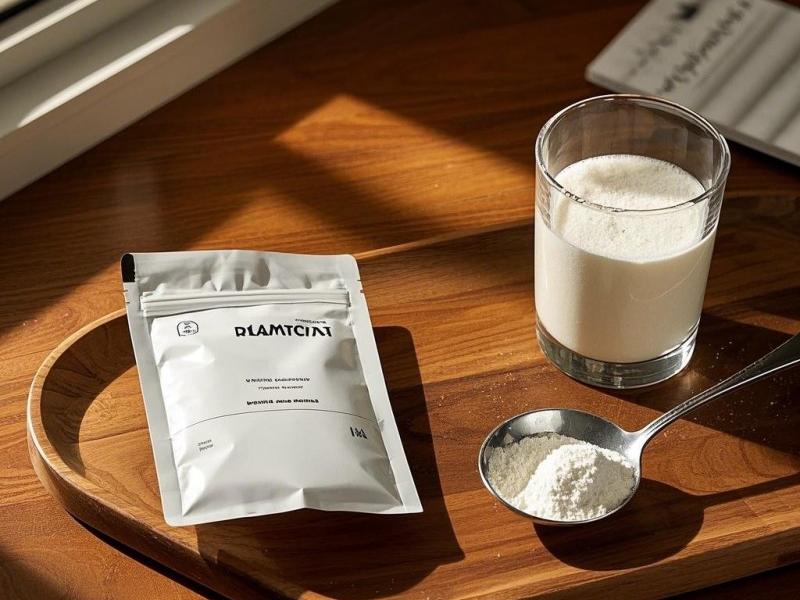
In 1926, it was discovered that wheat germ oil could treat cattle reproductive diseases, but at that time, this effect was attributed to VE. Since 1937, foreign scholars have discovered that octacosanol has a therapeutic effect on human reproductive disorders (such as sexual indifference), and octacosanol has gradually become well-known. Octacosanol was first extracted from wheat germ oil by the Institute of Sports Medicine at the University of Illinois in the United States. Starting in 1949, scholars such as Dr. Cureton spent 20 years testing and researching on 894 people and 42 projects, and determined that octacosanol has a variety of physiological functions. As a new type of functional food additive, it has the functions of enhancing physical strength, energy and endurance, improving stress resistance, reaction sensitivity, and body metabolism rate, improving myocardial nutrition, body oxygen utilization, reducing serum cholesterol and triglyceride levels, and systolic blood pressure. In addition, Shigeaki Kato found that octacosanol can enhance the fat oxidation and decomposition ability of Wistar rats. Kato's experiments showed that octacosanol can promote the consumption of muscle glycogen during exercise in rats during exercise. 1,2,3).
2 Octacosanol extraction methods
At present, there are two relatively mature processes for extracting and separating octacosanol powder from high-grade waxes or fats and oils (including candelilla wax): solvent extraction and supercritical fluid extraction. The solvent extraction method has been adopted in China, for example, to extract and separate octacosanol from Changbai Mountain beeswax. This method first uses alcohol phase saponification and multiple solvent extractions to separate and remove the wax, and then uses chromatographic separation with a column or distillation to separate the solvent extract. The more the chromatographic separation is repeated, the higher the purity. The chromatographic or distilled solution can then be concentrated and crystallized to obtain a high-purity product. If you are producing a general oral product, producing a concentrated solution is sufficient; you can also carry out multi-level deep processing with other plant alcohols, sterols and biochemical agents to increase economic benefits. Commonly used solvents include acetone, n-butanone, methanol, ethanol, hexane, heptane, chloroform and benzene. 4,5); However, this method uses a large amount of alkali, is complicated to operate and causes serious environmental pollution.
Another extraction method is supercritical fluid extraction, which is a relatively advanced separation technique. Its advantage is that it has a high separation efficiency. Generally, after two-stage separation, a high-purity octacosanol product (about 50%) can be obtained. There is no problem of solvent residue in the product, the process is relatively simple, and the yield is higher than that of solvent extraction.
In addition, some people also use chemical transesterification, reduction and molecular distillation techniques to extract high-carbon fatty alcohols such as octacosanol. The transesterification method can avoid the disadvantages of the solvent extraction method. The transesterification reaction is a reaction in which an ester is mixed with another fatty acid, alcohol, itself or another ester, accompanied by acyl exchange or molecular rearrangement to form a new ester. It was already used in the edible oil and fat industry as early as the 1950s, and it is an important method for improving the physical properties of oils and fats.
For example, Chen Fang et al. 6] (2003) conducted research on the factors affecting the extraction of higher carbon fatty alcohols from furfural wax during the interesterification reaction. The results showed that when n-butanol was used as the interesterification solvent, the ratio of furfural wax to solvent was 10:1 (V/W), the reaction time was 8 hours, 0.1% sodium hydroxide was used as the catalyst, and acetone was used for extraction for 12 hours, the yield of higher carbon fatty alcohols was the highest, and the highest content of tricosanol and behenyl alcohol. Zhang Xiangnian et al. 7 (2002) used beeswax as a raw material, and obtained a mixture of higher alcohols by reducing LiAIH in ether at 70-80 ° C for 2.5 h. After purification by molecular distillation, the yield of higher alcohols reached 96%, including 16.7% tricosanol. The reduction method is to prepare fatty alcohols by reducing long-chain fatty acid low-carbon alcohol esters. However, it is still rare to report the preparation of high-carbon alcohols by reducing fatty acid high-carbon alcohol esters.
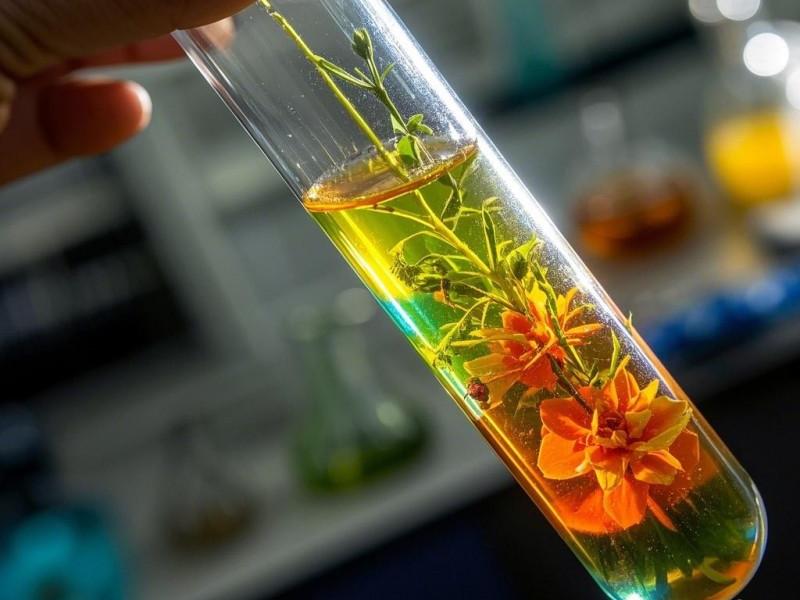
3 Application of octacosanol
In the United States and Japan, octacosanol has been widely used in functional foods, nutritional preparations, medicine, cosmetics, and high-end feed, and the market is expanding. In particular, Japan began research on the functional application of octacosanol in the 1980s, and by 2001, more than ten manufacturers in Japan were producing health products related to octacosanol. In recent years, the development and commercialization of octacosanol applications in Japan has been strong, with the output value of related products exceeding 1 billion yen. China is also gradually paying attention to the research and development of octacosanol and its new raw materials, new products, new technologies, and new uses.
3.1 Application in the food industry
Due to its special physiological functions, octacosanol is gradually being valued in the food industry as a “non-essential nutrient” in food. It is widely added as a functional additive to various health-care functional foods, and is also added to ordinary foods such as candy, pastries, and beverages. Among these, the most eye-catching are the development of sports products for athletes and the use of the functions of octacosanol to develop high-energy drinks for the military. They are very effective in supplementing physical strength and have broad market potential.

3.1.1 Health food
Octacosanol is a safe and highly effective nutritional supplement with many biological functions and clinical applications. Its value in health products mainly stems from its many health functions. (1) Sports health food. Octacosanol not only enhances the body's energy and endurance, but also helps with weight loss, supplements the energy consumption of athletes, and increases the chances of winning. Therefore, the development of octacosanol products for athletes is particularly noteworthy. (2) Health food products that help treat osteoporosis, high cholesterol, and prevent cardiovascular disease.
Octacosanol can reduce the excessive calcium and fat content in the blood, and is a promoter of calcitonin formation. It can be used to treat osteoporosis caused by excessive blood calcium, high cholesterol and high lipoprotein blood type diseases, and prevent the occurrence of cardiovascular and cerebrovascular diseases. (3) Health food products for astronauts. For example, Bai Shumin et al. 8 (1997) studied the effect of adding 28-hydroxycholesterol to food on some physiological indicators of tail-suspended rats. The results showed that adding 28-hydroxycholesterol to food significantly increased the thymus weight of tail-suspended rats, improved the fluidity of red blood cell membranes, and significantly improved the biological properties of the femur.
Octacosanol will likely become an important component of astronaut health food. (4) Health food that helps enhance sexual function. Recent studies have shown that octacosanol can enhance sexual function in animals and humans.
Japan and the United States have been researching the development and application of octacosanol functional foods for a long time, and have developed a more systematic approach to product development, with capsules, tablets, granules, liquids, and powders available. In 1986, the United States developed a squalane powder (1.8 mg squalane/g powder), and in 1987, it developed a granular product called “Oct-2000”, each capsule containing 2 mg squalane. Although squalane was first discovered by the Americans, it was commercialized first in Japan. In 1985, Japan developed a capsule-type squalane health food, In 1986, the Japanese company Yoshiwara developed a product called “GOLDE-NI” 28-alkyl alcohol gel pills, and another company developed a product called “Oet-1500”, a functional food made from a combination of 28-alkyl alcohol, ginseng and soy protein, etc. Each gram contains 12.5 mg of long-chain fatty alcohols and 1.5 mg of 28-alkyl alcohol.
There are also liquid, capsule and tablet products, such as a liquid product made from octacosanol, potassium pantothenate, VE, VG, citric acid, ethanol, fructose and lecithin; a capsule product made from octacosanol, calcium pantothenate, VE, VA, VP and lecithin; and a tablet product made from octacosanol, potassium pantothenate, VE, VE, lactose and sorbitol, etc. In 1987, a Japanese health supplement capsule was launched on the market, with ingredients including octacosanol, macadamia seed oil, concentrated fish oil, evening primrose oil, lecithin, and VE. In 1988, two other functional foods were launched on the market, with ingredients including octacosanol, soybean oil, lecithin, and medium-chain triglycerides; and octacosanol, Korean ginseng powder, lecithin, and medium-chain triglycerides. In 1991–1992, sports candies containing octacosanol and anti-fatigue drinks were also developed.
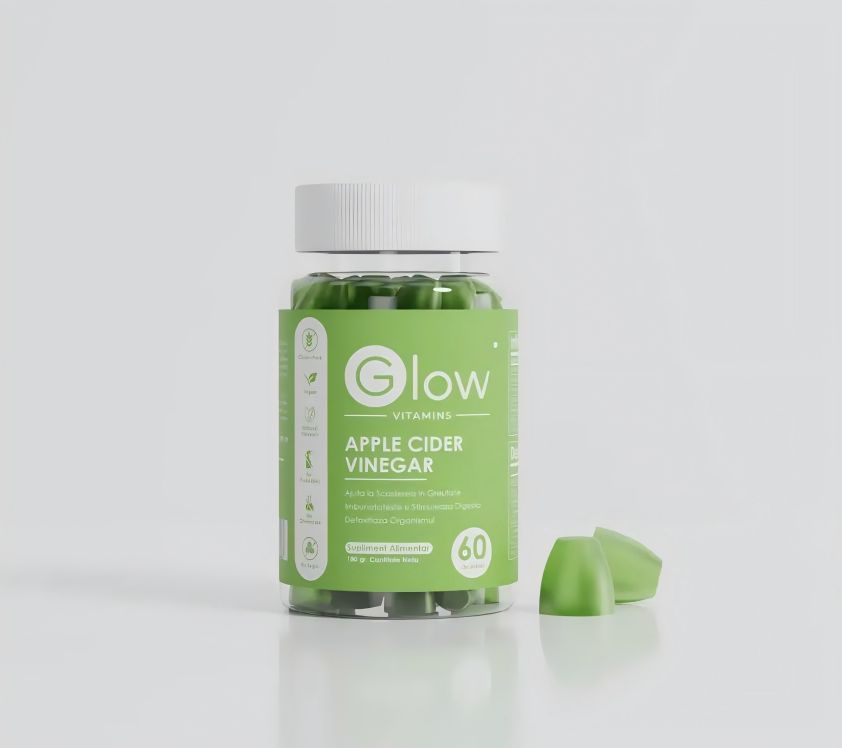
In most of the above products, Japan uses rice bran wax as the raw material to extract octacosanol, and the octacosanol content in the product is generally 10%–15%, which is mostly a mixture of Cz~C36 long-chain fatty alcohols.9 There are relatively few such products in China, only the Lida nutritional tablets developed by the Zhejiang Institute of Cereals, Oils and Foodstuffs, which contain 25 mg of 1-docosanol per tablet. In addition, Cao Zhiran et al. 1 (2004) studied the effect of 1-docosanol on immune function and exercise endurance by adding 1-docosanol to the healthy drink almond milk, and achieved very good results. However, in general, there is still a certain gap between China and foreign countries in the development and research of 1-docosanol health food, and active development is imminent.
3.1.2 Ordinary food
Octacosanol is also added as a functional additive to ordinary foods such as candy, pastries, beverages, chocolate, and biscuits. For example, as early as 1991-1992, Japan developed many products containing octacosanol, such as chocolate, biscuits, ordinary candies, and beverages, and put them on the market.
3.2 Application in cosmetics
Octacosanol is used in cosmetics, where its main function is to promote blood circulation, improve oxygen transport capacity, and increase basal metabolic rate. At the same time, it can revitalize cells, enhance skin activity, and eliminate wrinkles through absorption through the skin after rubbing. So far, octacosanol has been widely used in Japan in hair conditioners, lipsticks, nail polishes, and other cosmetic products. In addition, according to a Japanese patent report, a mixture containing octacosanol can significantly improve cell function and has a significant medical effect on hair loss. For example, a hair growth product formulated with a mixture containing 14% octacosanol. The safety of octacosanol on the skin has also been confirmed by human trials: Shibata in Japan used a closed skin patch test with 12% high-purity octacosanol to confirm that octacosanol is very safe for the skin. There have also been some studies in this area in China. For example, Song Jianhua et al. (12) (1998) showed that cosmetics containing octacosanol can promote blood circulation in the skin and activate cells, as well as having anti-inflammatory and anti-skin disease (such as athlete's foot, eczema, itching, acne, etc.) effects.
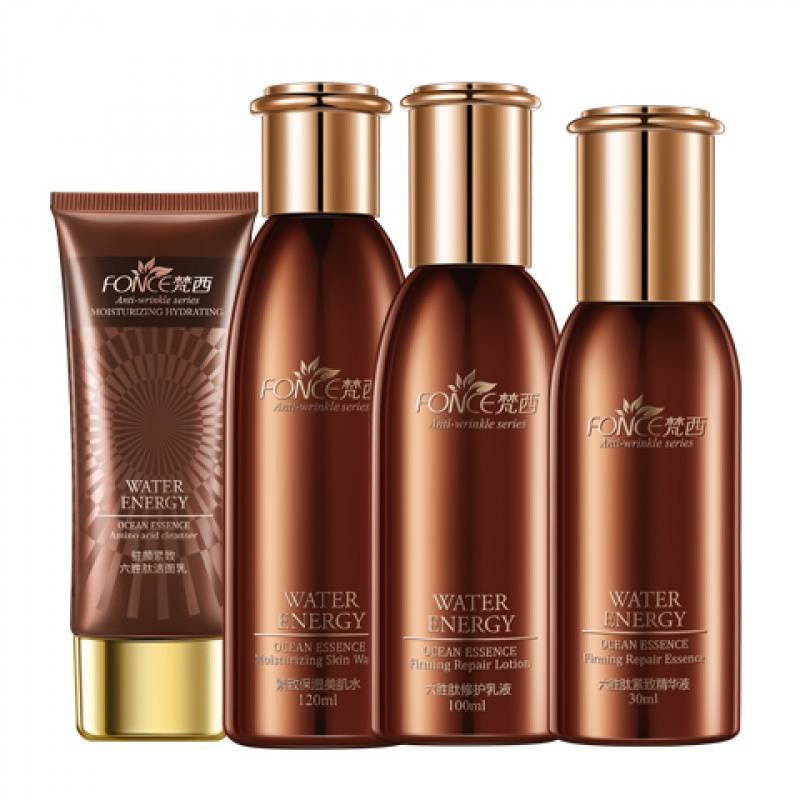
3.3 Application in medicine
In the pharmaceutical industry, the development of drugs using octacosanol, such as lipid-lowering drugs, liver-protecting drugs, and osteoporosis-preventing drugs, is a research hotspot. Laguna' (1994) reported that it can lower serum cholesterol and LDL-C. The tablet formula contains a mixture of octacosanol, lactose, corn flour, gelatin, and sucrose. Zhejiang Medical College verified through animal testing that octacosanol has a lipid-lowering effect and made “Liyuan Capsules”, which have the effect of enhancing physical fitness, increasing serum protein, and reducing liver lipids. Guo Zhi et al. (13) (2001) conducted research on natural high-level alkanol mixtures (policosanol) as a new cholesterol-lowering drug derived from sugarcane wax.
Policosanol contains 24 to 34 carbon higher alkanols, which account for more than 90% of the weight of the extract, of which octacosanol accounts for 60% to 70%. Extensive pharmacological, clinical and toxicological tests have confirmed that policosanol is as effective as or more effective than conventional lipid-lowering drugs in reducing serum LDL-C and TC levels, with minimal side effects, a very low incidence and good tolerance. It is a safe and effective drug for the treatment of type 2 hypercholesterolemia. Gladys Castano et al. 14] (2001) found that policosanol, which mainly contains octacosanol, can significantly reduce the ratio of low-density lipoprotein to high-density lipoprotein (29.5%) and the ratio of total cholesterol to high-density lipoprotein (28%). For elderly patients with hypercholesterolemia and coronary artery disease, octacosanol is effective and safe. Some conventional drugs for the treatment of atherosclerotic vascular disease (especially coronary heart disease), such as lovastatin, simvastatin and pravastatin, have many side effects, such as gastrointestinal discomfort, headache, cholelithiasis, damage to fertility and reduced libido. In addition, they need to be taken for a long time, so there are many contraindications. In particular, caution should be exercised in elderly patients and patients with active liver disease. In contrast, octacosanol has none of the above disadvantages, and is safe and effective, with broad development prospects.
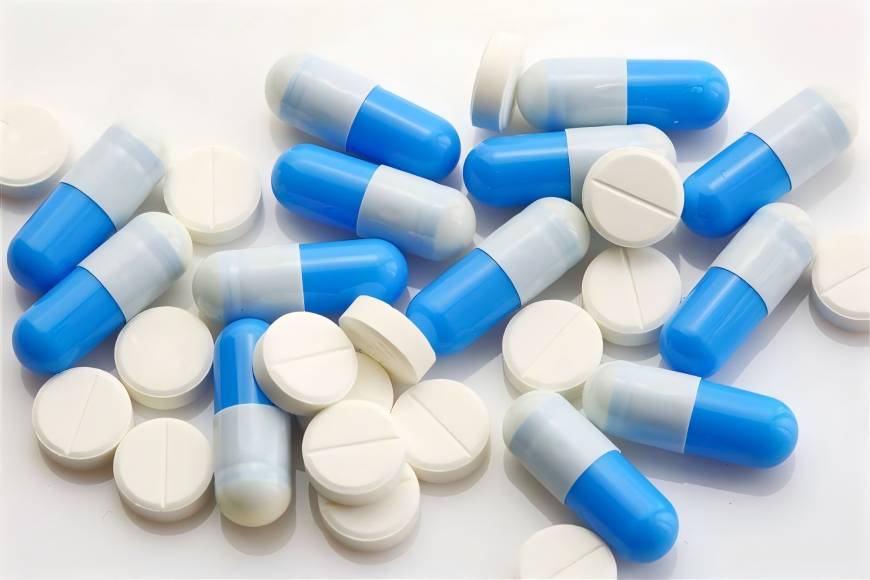
3.4 Application in feed
The main application of octacosanol in the feed industry is that it can promote animal growth, increase animal weight, and enhance animal physical fitness and endurance. The effect is even better if octacosanol is used in combination with L-carnitine. Adding octacosanol to aquatic animal feed can enhance the stress resistance of fish, especially in winter when the water temperature is low, and can reduce fish mortality. Adding octacosanol to chicken feed can reduce mortality, and the chickens grow faster and are more uniform, with good feeding results and economic benefits.
Octacosanol is a physiologically active substance that is extremely abundant in China, as the country is the world's largest producer of rice and has abundant rice bran resources. In addition, as the recognition of octacosanol continues to grow, the development and application of related functional foods is also increasing, and research on its application is also deepening and broadening. Therefore, we should make full use of foreign research results and seize the business opportunities of octacosanol research and development in time, so that octacosanol-related products can be industrialized and brought to the market as soon as possible for the benefit of mankind.
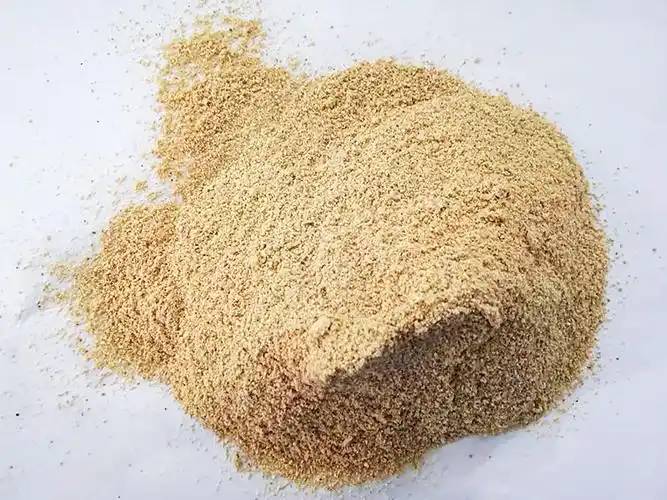
References
[1] Huo Junsheng, Han Yashan, Shi Jieping, et al. The effect of octacosanol on the energy metabolism of mouse heart and skeletal muscle [J]. Journal of China Agricultural University, 1996, 1(3): 5.
[2] Wang Xingguo, Liu Yuanfa, Ni Bowen, et al. The distribution and function of octacosanol [J]. China Oil and Fat, 2002, 7(1): 54-56.
[3] Taylor Johanna C, Rapport Lisa, Lockwood, et al. Octacos and in human health [J]. Nutrition, 2003, 19(2): 192–195.
[4] Jiao Caishan, Wang Xingqiang. Extraction of octacosanol and tricosanol from rice bran wax and product analysis [J]. Chemical Engineer, 2002, 4(14): 8–9.
[5] Bao Guoyu. Discussion on the extraction of certain health products from sugarcane (Part 1) [J]. Sugarcane Sugar Industry, 2003, (1): 40-46.
[6] Chen Fang, Hui Bodi, Zhu Lei, et al. Study on the factors affecting the extraction of high-carbon fatty alcohols from furfural wax by transesterification [J]. Chinese Journal of Cereals, Oils and Foodstuffs, 2003, 18(2): 75-78.
[7] Zhang Xiangnian, Shen Honggang, Li Xianwen, et al. Small-scale preparation of high-carbon alcohols containing octacosanol [J]. Chinese Journal of Pharmaceutical and Health Care, 2002, 33(3): 112-113.
[8] Bai Shumin, Xie Liqin, Liu Chenglin, et al. Observation of the effect of adding octacosanol to food on some physiological indicators of tail-suspended rats [J]. Aerospace Medicine and Medical Engineering, 1997, 10(6): 450-452.
[9] Lei Bingfu. Application and preparation of octacosanol [J]. Western Cereals, Oils and Food Science and Technology, 2003, (3): 41-44.
[10] Cao Ziran, Li Liping, Xu Yueqing, et al. Effects of octacosanol on immune function and swimming endurance of laboratory animals [J]. Food Science, 2004, 25(7): 158-160.
[11] Wu Shimin. Functional Oils and Fats [M]. Beijing: China Light Industry Press, 2001.
[12] Song Jianhua, Liu Zhengyang, Cheng Jianxin, et al. Research and development of a new healthy food additive, octacosanol [J]. Journal of Xiamen University (Natural Science Edition), 1998, 37(3): 414–418.
[13] Guo Zhi, Xu Li. Natural high-level alkanol mixture: a new cholesterol-lowering drug from sugarcane wax [J]. Foreign Medicine-Botanical Volume, 2001, 16(6): 231-236.
[14] Gladys Castano, Rosa Mas, Fermadez, et al. Efects of policosanol
in older patients with type II hypercholesterolemia and high coronary risk [J]. Journals of Gerontology, 2001, 56(3): 186-192.


 English
English French
French Spanish
Spanish Russian
Russian Korean
Korean Japanese
Japanese